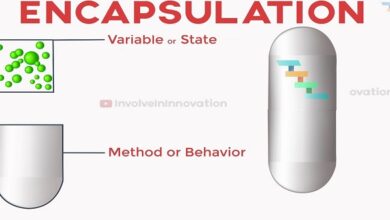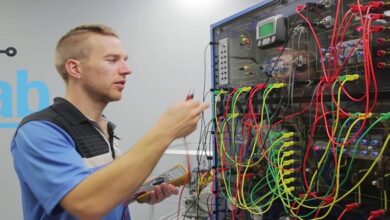USING ICT IN A PROBLEM-BASED LEARNING APPROACH

INTRODUCTION
This paper takes the perspective that a person experiences real life learning when he engages in learning a skill or applying a concept to a reallife situation because of a “need to know,” which is accompanied by a sense of relevance. In other words, a student approaches learning saying, “I want to learn this because it will help me understand and deal with what I am going through now (or may go through) in my life.” This “engagement” with the object of leaming can be observed in what is called the “deep approach” to leaming, resulting in a student’s cognitive development.
Limitations of the paper
There are many issues surrounding the use of PBL (Schwartz et al, 2001), some including: (1) developing acceptance of the approach, (2) developing students’ responsibility for their own leaming and for teachers to facilitate that leaming; (3) developing assessment methods consistent with how students are leaming in the PBL approach; and (4) understanding that PBL does not focus on developing expertise in content but in developing specific skills useful in problem solving.
PROBLEM-BASED LEARNING AS A DEEP LEARNING APPROACH
Problem-based leaming (PBL) has been generally described as a leaming approach whereby students are presented with problem, and then they undertake a systematic, student-centred process of inquiry (Barrows and Tamblyn, 1980). Schwartz et al (2001) argue that “although the purpose of using problems in PBL is to stimulate leaming of information and concepts brought about by the problems, PBL does teach both a method of approaching and an attitude towards problem solving,” (p.2). hi this approach, students typically work in small groups. The leaming process is facilitated by a tutor, who acts as a moderator of discussions rather than a direct source of information.
Learning Outcomes
Students are assessed using a framework called the Structure of the Observed Learning Outcome (SOLO). It is an approach to assessment originally developed by John Biggs and Kevin Collis (1982). At its heart is the specification of desired learning outcomes in terms of a hierarchy based on the quality of student response. It is a form of criterion-referenced assessment, where the criteria for achieving a grade are pre-defined. In SOLO assessment, learning outcomes are pre-defined for each grade level, with the expected learning outcomes becoming more complex at each level.
CONCLUSION
Finally, the use of ICT in this instance supported the process and was an integral part of the leaming environment. It supported deep leaming in that it provided a convenient means to interact and communicate ideas, which is a central component of the problem-based leaming approach. In following Cope’s (2003) fi-amework of factors affecting deep leaming, the technology had the potential to provide quality leaming because (a) it provided a means to obtain feedback in an appropriate and timely fashion, (b) it supported a process of inquiry that was active and experiential.




